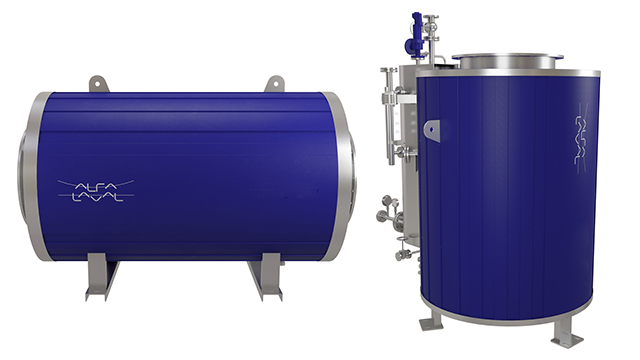Gas heat recovery heat exchangers
The Alfa Laval GHR is a compact gas heat recovery heat exchanger especially designed for exhaust heat recovery from small and medium gas engines, turbines and clean process flue gases up to 600°C. Approximately 25% of the overall industrial waste heat worldwide falls within the range of 200-500°C. By utilizing Alfa Laval GHR, energy efficiency will be enhanced through the recovery and reduction of exhaust heat.
Features that make recovery different:
- Lower footprint and weight due to the extended heat transfer area.
- No external bypass is needed. Robust in terms of many starts/stops due to “Spring Design”.
- Cleaning is possible during the operation of the gas engine, turbine, or process via an integrated cleaning device.
- Media output can be adjusted according to the need due to the integrated regulation damper.
- Low inertia due to low holdup volume of media. Increase uptime and reduce major cleaning intervals via dry-run mode.
Why turn to Alfa Laval for exhaust heat recovery?
Energy Saving
Alfa Laval GHR heat exchangers provide the best overall performance in excess flue heat recovery. Approximately 22 to 25% of excess heat from exhaust flue gases from the engines and turbines has been reused. Expect up to 95% improvement in plant efficiency in combined heat and power applications.
It captures exhaust clean process flue gas heat from the various sources of industry and generates hot water, steam or hot oil that can be a free utility for the industry. It also generates electricity via ORC from the excess heat of utility.
Increase Profitability
Alfa Laval GHR heat exchanger recaptures the maximum energy possible and hence reduces fuel consumption, which results in the shortest payback time for investment. Often less than a year depending on project specifications.
Plug & play module will reduce installation time. Due to its compact size, lower footprint, and weight, it requires less space in the plant.
Cleaning of equipment is possible during the operation of engines and turbines. Which reduces downtime.
Emission Reduction
Improving efficiency at existing plants by recovering exhaust heat anywhere in the world is a path of no regret. Making efficiency improvements at existing plants is an effective and economical way of reducing carbon dioxide (CO2) emissions. A more efficient plant uses less fuel, has lower emissions, and experiences lower variable costs. Alfa Laval GHR heat exchangers can improve the efficiency of plants and hence reduce emissions, including CO2, and improve plant performance.
Alfa Laval GHR heat exchangers in numbers
- 1000 units of Alfa Laval GHR heat exchangers are installed across the globe.
- 2.0 GW of installed excess heat recovery across the globe.
- 90% plant efficiency possible in combined heat and power applications.
- 1-year return on investment (ROI) is possible in the best cases.
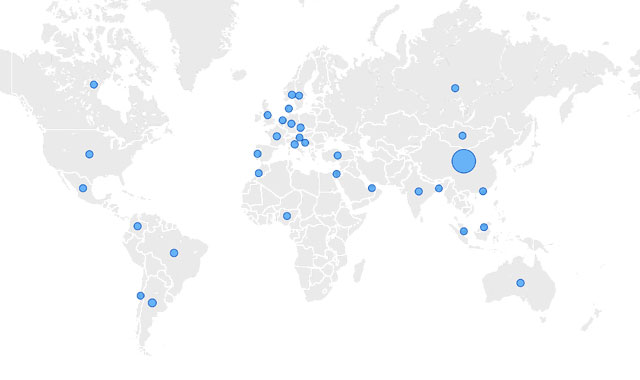
CHP
Combined heat and power (CHP) is one of the most efficient methods of energy utilization. Over 90% of energy can be channelled back into efficient use. It is a highly cost-effective solution that brings many benefits.
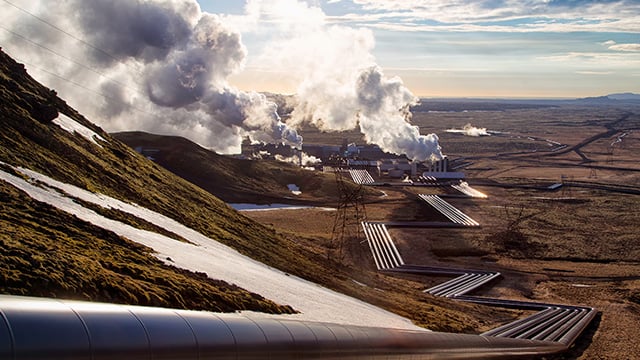
Organic Rankine Cycle
Renewable energy not only spurs growth, but also bodes well for a more sustainable future. Power generation using geothermal energy or industry waste heat streams can boost plant output, improve your environmental footprint, and increase profitability.
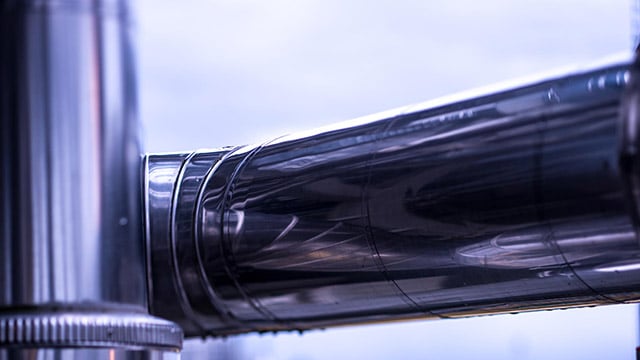
Excess heat recovery
Excess heat recovery is critical to improving energy efficiency. Today, technology makes it possible to capture and reuse the excess heat from existing processes for other purposes, such as heating or generating electricity.
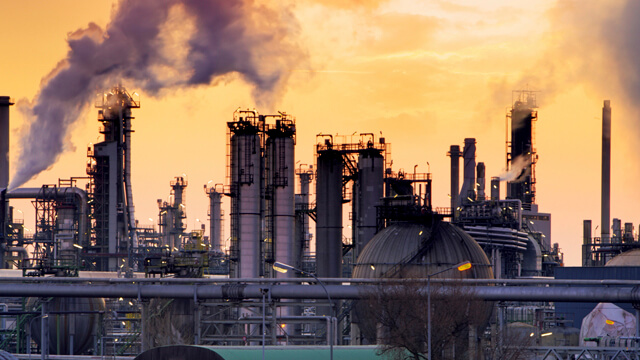
Meios
-
Água quente
Aquecimento municipal, HVAC, aplicações de processo, ORC (eletricidade), etc. -
TEG
Aquecimento municipal, HVAC, aplicações de processo, ORC (eletricidade), etc. -
Óleo térmico
Aquecimento -
Vapor
Aplicações de processo, turbinas de vapor (eletricidade), geração de vapor
Informações técnicas
- Capacidade: 250 – 5000 kW
Área dos gases de escape:
- Temperatura máxima de entrada : 600 °C (dry-run 530 °C)
- Temperatura mínima de saída: Depende da composição do combustível do motor e dos gases de escape
- Perda de pressão: De acordo com os requisitos do cliente
Media sources
Hot water
- District heating, HVAC, process applications, ORC (electricity) etc.
TEG
- District heating, HVAC, process application, ORC (electricity) etc.
Thermal oil
- Heating
Steam
- Process applications, steam turbines (electricity), service steam
Exhaust Heat Source and ORC
Selecionamos as seguintes referências:
Geração de energia na China
70 x Alfa Laval Micro 319 depois dos motores de gases para produzir água quente
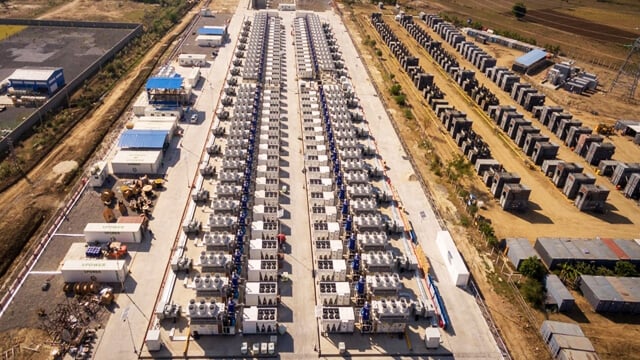
Processo de gás de combustão na China
3 x Alfa Laval Micro 406 e 2 x Alfa Laval Micro 410 usados para recuperar o calor do forno de fusão de alumínio e gerar água quente.
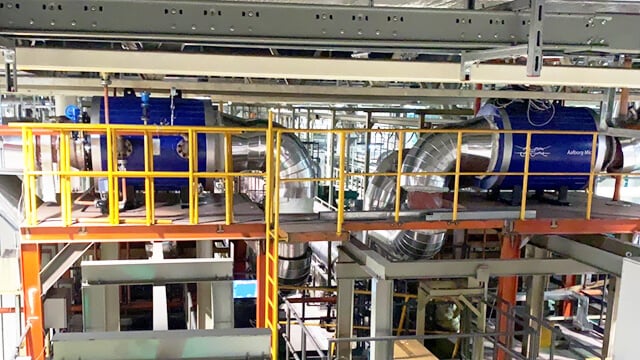
Processo industrial na Itália
Alfa Laval Micro 814 para aplicação de água quente após o motor de gás
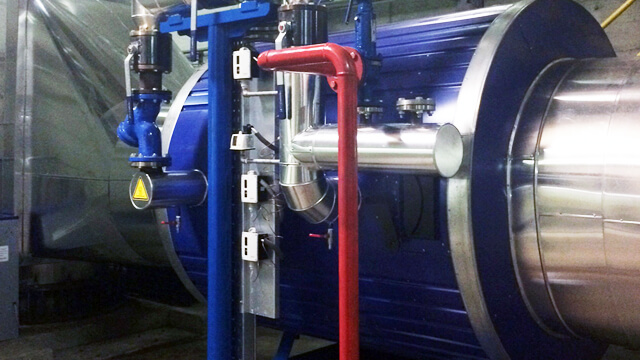
Indústria hoteleira no México
Alfa Laval Micro 210 para aplicação de água quente após o motor de gás
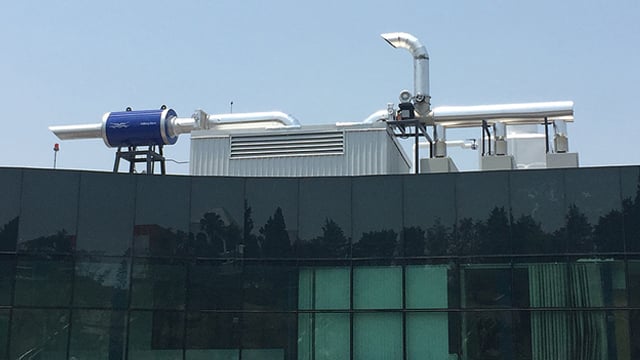
Aquecimento água municipal na Dinamarca
Alfa Laval Micro 714 para aplicação em água quente após motores com múltiplos combustíveis.
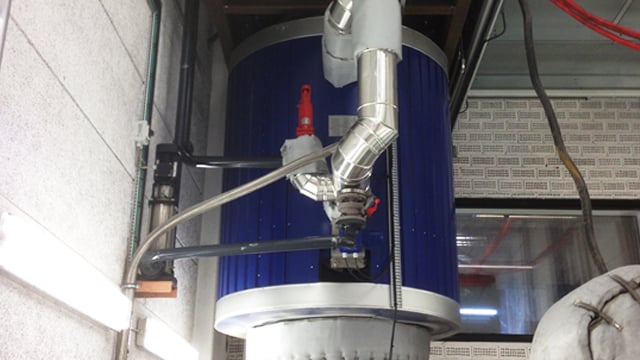
Recuperação de calor residual
Com o trocador de calor certo, você pode recuperar o calor de alta temperatura gerado por processos industriais, bem como o calor de baixa temperatura capturado por bombas de calor para, por exemplo, aplicações de resfriamento de data center ou tratamento de água. Esse calor pode então ser usado para aplicações que vão desde o aquecimento urbano até a produção de eletricidade.


